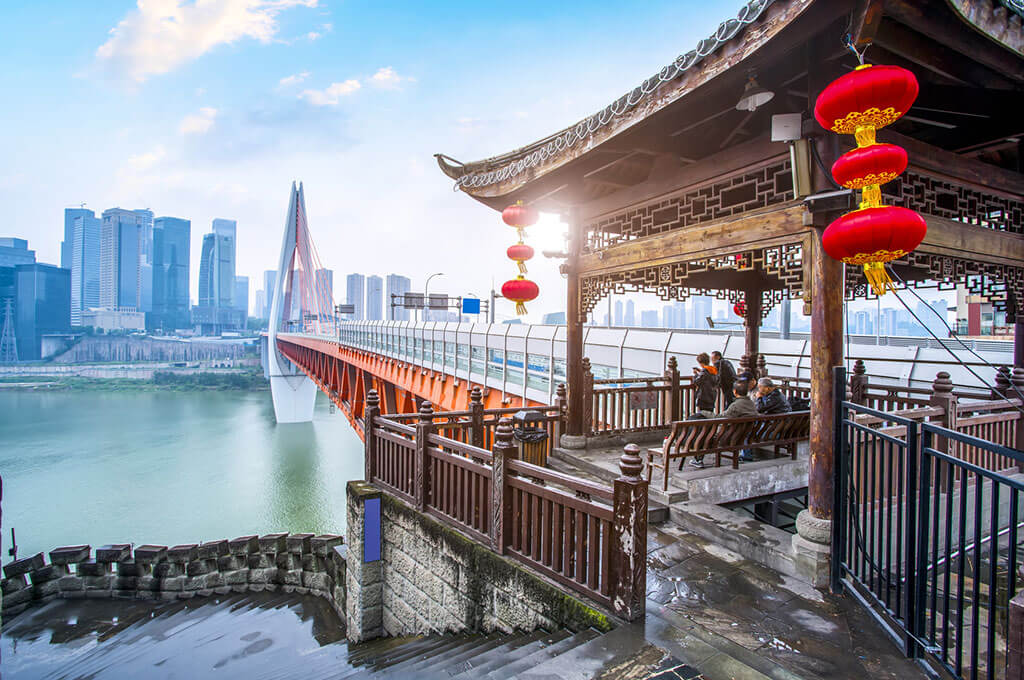China is slowly opening to a change in the approach to the assessment of violations of intellectual property. However, global companies with recognizable brands in their portfolio still encounter difficulties while trying to protect trademarks, industrial designs and patents.
Considering an entry on the Chinese market or cooperating with Chinese contractors, in addition to facing a number of organizational challenges, one should also be prepared for cultural differences and their consequences.
Until recently, there were practically no official civil laws in the Middle Kingdom. It is difficult to imagine, but after the establishment of the People’s Republic of China, the authorities recognized that the state can cope perfectly well without an existing legal system, which is why all laws, codes and legal norms have been abolished. The Chinese tradition of obedience rooted for millennia, the principles of Confucian morality, the authority of officials, and the inevitability of punishment were enough to keep order in the state. With the opening of the Chinese state to foreign capital, it became necessary to create rules that would allow external capital to enter the country. Therefore, in 1986, the general principles of civil law were passed, which also included regulations regarding intellectual property.
New Balance or Xin Bailun?
Chinese understanding of the law is different from the so-called “Western” one. It also has consequences in the approach to infringing intellectual property rights. The Chinese value the original brands, it is a manifestation of luxury and good quality for them, but at the same time they commonly tolerate counterfeits and do not think that it is something bad.
In the case of intellectual property protection, Chinese regulations are more or less analogous to those adopted in other member countries of the World Trade Organization (WTO). However, some differences are certainly worth remembering, especially in the case of trademarks. In China, the practice of their registration by unauthorized persons is common. One of the louder cases concerned the New Balance brand. The brand owner did not register a trademark in China, and at the same time had a factory there. New Balance practically tolerated counterfeiting of its products.
However, it turned out, that in the 90s the Chinese entrepreneur Zhou Lelun registered the Xin Bailun mark, which is a loose translation of the New Balance name. Zhou Lelun sued New Balance for violation of the right to this trademark and won. In 2015, the court upheld it in compliance with the first-to-file doctrine applicable in China (meaning the right to a trademark is obtained by the first one to register it in China, without assessing whether and how long the mark was previously used in another territory and whether it gained a reputation). As a result, New Balance had to pay Mr. Zhou compensation of about EUR 13.5 million, make an apology and stop the production of goods under the New Balance brand in China.
It was the most spectacular but not an isolated case. In the 1990s, with the opening of the Chinese economy to the world, there were many cases of registering well-known Western brands in the State Intellectual Property Office of the PRC. In most cases, the registrants started negotiations with the brand owners in order to obtain compensation or submit a lawsuit, when the company would enter the Chinese market. Cultural factors have a huge impact on the legal system and its application in practice.
To the court, to the police or to the customs office?
There are several ways of dealing with trademark violations in China. In administrative mode, you can submit a complaint to AIC (Administration for Industry and Commerce) or a more powerful national AQSIQ (Administration for Quality Supervision and Quarantine). These authorities have the right to inspect and even close companies that produce goods that violate safety standards and threaten health or life. This option is worth using if the counterfeit products are of low quality. This was the case with counterfeit cat food packaged in original packaging. The product was offered through Alibaba. This sales platform, which has recently radically changed its attitude towards counterfeit products, has blocked the seller, and the goods have also been detained.
Another option is to enter the civil proceedings. Until now, such actions were not very effective and the procedure could have ended as in the case of New Balance. The situation is slowly changing and according to Chinese representatives, lawsuits are increasingly being enforced.
Trademark right owners may also submit a complaint directly to the police, however the funds obtained from the sale of counterfeit products must exceed a certain fixed value. The counterfeiter threatens up to 7 years in prison, but apparently the worst is the thief’s and fraudster’s stigma, which adheres to such an entity, causing even Chinese companies not to cooperate with it.
It would seem that the Chinese are not consistent. On one hand, they tolerate counterfeits and on the other they turn away from a company that produces such counterfeits. Well, the difference lies in the moral evaluation, resulting from the Confucian laws rooted in the culture of China.
Moreover, counterfeit goods can also be intercepted at the border, provided that the holder of rights submits a relevant application to the General Customs Administration. In addition to the traditional path of detaining imported goods, there is also a possibility of detaining exported goods. Chinese law firms dealing with intellectual property offer counterfeit products tracking and search services, which may be a good proposition for those who want to keep counterfeit goods in China.
The Chinese approach the interpretation of legal records very scrupulously and literally, there is no space for any interpretation. This is why you have to be well prepared for operating on the Chinese market. It is worth taking special care in undertaking activities and building an appropriate strategy for protecting intellectual property taking into account the conditions of this particular country. Better safe than sorry.
Author: Iwona Płodzich-Hennig



